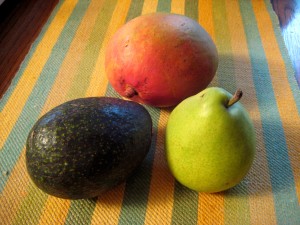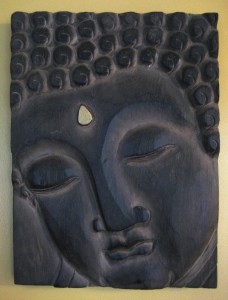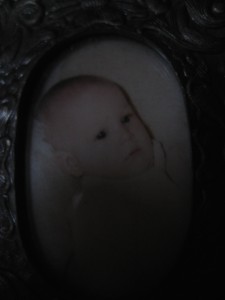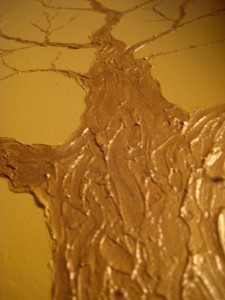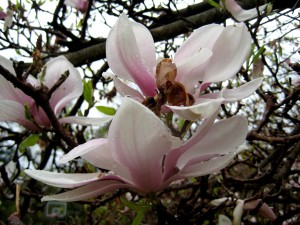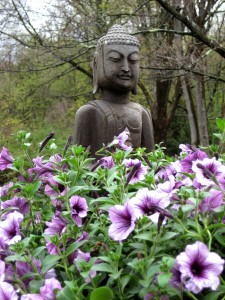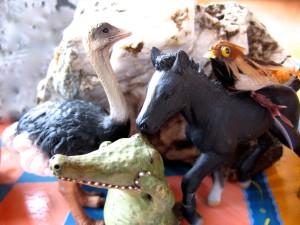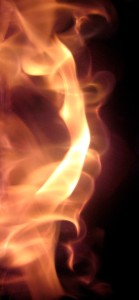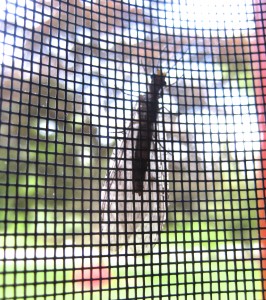
– Photo by Jan Ketchel
For the past few weeks I have been drawn to the topic of sub-personalities. Jung called them complexes; independent amalgams of ideas, experiences, and feeling tones that operate autonomously within the personality, each with their own motive, voice, and point of view.
These sub-personalities may be actual younger versions of ourselves, underdeveloped parts of ourselves, or frozen parts that were split off during traumatic experiences. As well, these inner voices might be from the transpersonal realm of our psyche: past life, archetypal or mythical entities that have become active beneath consciousness, influencing daily life.
Out of these many sub-personalities emerges one dominant personality that establishes a consistent identity, what we commonly call I, what Freud called the Ego Self.
The ego self is the leader that takes charge of consciousness and decides how we will navigate life. The ego is home base and must be finely tuned and safeguarded to take on the awesome challenge of reconciling all the inner needs and concerns of the sub-personalities, as well as establishing a stable foothold in the outside world.
The ego must also interact with the spirit self or higher self. Ruth White, in Using Your Chakras, writes: “The concept of the higher self…may lead us to suppose that the higher self is in charge and is the integrating force which we seek. Yet the being which we are on earth, the personality from which we function, fully exists in its own right. If we are too anxious to let the higher self take over, we may give insufficient importance to ego development. The tool which the higher self would use is then insufficiently formed and could be subject to delusions of grandeur, inability to make choices, slavishness to authority, a sense of non-being, or psychosis.“
Thus, though the ego self must not overstep its bounds, by usurping the identity of the higher self, it is fully charged to establish firm boundaries and decisively mediate actions to be taken in this world. To inhabit this state I often suggest that people draw circles with firm boundaries, representing a firm ego self. Inside the circle exists a state of calmness within which the intent to be objective is set. The ego self must make decisions, and to do this well it must be freed of negative judgments that cloud objective processing. The ego must deal only with facts to process the points of view and nuggets of truth held by the cluster of sub-personalities that reside in the greater self.

– Photo by Jan Ketchel
The ego must be able to hold its own; that is, avoid contamination or states of possession when it encounters the moods, beliefs, images and sensations of sub-personalities that strongly seek to influence the decisions that the ego must make as it navigates life. The goal is wholeness of personality, all parts cohesively integrated. This is a lifetime opus, the grand work of individuation.
Jan shared her dream of the square in her blog this week—her place of power, calm meditation and retreat—where she could be completely calm and safe from the storms of interfering energy within or outside of the self. Like my circle-drawing suggestion, her square serves a similar function, introducing mandalas as safe havens for ego consciousness to get calm, be objective, and process and decide how to reconcile its inevitable encounters with sub-personalities.
After a brief discussion of the circle and the square, Jan and I decided to jointly throw the I Ching, alternating the throwing of the coins. We received the hexagram of Breakthrough/Resoluteness, #43. This hexagram depicts the inevitable encounters we must have with swollen energies that gather in intensity and seek release, the energetics of encounters with sub-personalities. The ego is warned, “Even a single passion still lurking in the heart has the power to obscure reason.” Calm objectivity must be the ruling dominant power in the fortress.
The I Ching further states: “…resolution must be based on a union of strength and friendliness.” Thus, when we encounter sub-personalities, we are warned to stay strong, to not be bullied but to establish that we come in peace, seeking truth and reconciliation.
“…the struggle must not be carried on directly by force,” says the I Ching. Thus, if we engage in battle—which is negativity and judgment—with a sub-personality, we risk possession as we deplete our energy in an unnecessary power struggle where we lose our objective edge.
Finally, the I Ching states: “If a man were to pile up riches for himself alone, without considering others, he would certainly experience a collapse. For all gathering is followed by dispersion.” The ego is strongly warned to be fair in making decisions about what endeavors will be funded in the resolute actions of daily life. If the ego is prejudiced in its interactions and judgments of sub-personalities, it risks violent collapse through revolutionary encounters that seek a change of attitude. These can take the form of compulsions or deep depressions.
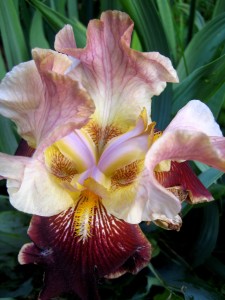
– Photo by Jan Ketchel
The correct position of the ego is as a firm but benevolent ruler that fairly administers the states of the personality and aligns itself with the spirit intent of the higher self.
All encounters have their dangers, but only through encounter can we fully discover and achieve the wholeness we seek. Properly armed with strength and objectivity, we are ready to advance toward union, finally reconciling our sub-personalities. In our new wholeness we are offered fulfillment now, in this lifetime, and as we journey forward and take our definitive journey in infinity.
From inside the circle,
Chuck
On a synchronistic note: In her blog Jan also noticed how everything was in such alignment. Well, she happened upon this little essay from Eric Francis at Planet Waves, right in alignment with what I had been pondering for weeks and write about in this blog, sub-personalities or what Francis calls The Hemisphere Effect. Take a look, another take on it all.

